#BioDiversity
Explore tagged Tumblr posts
Text
I am small and I can't do very much. That is the despair of an individual in a big and violent world. But the plants teach me it is okay to be small. Everything is either small, or made of things that are small. We are all connected. Symbiosis.
So, on the subject of bugs.
It is the fourth summer of the Meadow. My plants grow strong and wild and cover more space than ever before. I have worked to eradicate the invasive lawn grass and carefully curate large clumps of only native species (with a few esteemed naturalized weeds allowed---I have no quarrel with Chicory, it has a positive effect on the ecosystem).
I have tall, huge native Field Thistles, multitudes of tough and aggressive evening primrose, wild strawberry spreading everywhere, a dozen vigorous gray-headed coneflowers, giant clumps of cup-plant, and so many asters and goldenrods that I've had to start targeting them in my weeding.
Yes, yes, I have the showy ones like purple coneflowers and black-eyed susans, but I also encourage and cultivate weird little weeds that are too inconspicuous or ugly to be often planted on purpose. White avens, lanceleaf frogfruit, nettle-leaf vervain.
There are too many plants. I'll spend forever listing them all. What is really interesting, is what's happened with the bugs.
Every year, there has been a much bigger variety and population of insects. I am both seeing many more species, and seeing the same species in much, much larger numbers. Even on the same plants that were already there 4 years ago, I can see way more bugs.
Flower flies, for instance. There are tiny yellow and black flies known as flower flies that are very beneficial for gardeners, because their larvae are predators that attack aphids. It used to be that I could often see a dozen, but now I see hundreds of them every time I go outside!
Or wasps. There are more species of wasps than I possibly could have imagined. It used to be that I would only see the reddish paper wasps, the ones that make big paper nests in the eaves of your house, but now, there are dozens of different wasps. Some are black, others black and white, others black and yellow, others black and brown, and they come in all different sizes. A bunch of blue-black wasps with white stripes live in the log next to my pond.
I identified them and looked up the species, and they had not been studied at all since the 1960's. Supposedly they are solitary species, but several different wasps have made nests inside the log right next to each other. That's the first interesting thing. The second interesting thing is that the nests were first inhabited last summer, and the same species of wasp still lives in them, so their town has been inhabited for multiple years instead of being abandoned when the larvae emerge. Has the next generation taken over the old nests? I am observing something about the species that is not known to science.
Wasps are hated and feared, but my wasps have never been anything but peaceful and polite, and they have so much beauty and importance in the ecosystem.
And the bees! I am observing bees this year that I had never even heard of before. Many of them are so tiny, I doubt they could even reach the nectar in large flowers like purple coneflower. What if the small, inconspicuous flowers are essential for smaller pollinators like the tiny bees? That would make sense. Different flowers evolved to attract different bees.
Beetles, ants, leafhoppers, flies, moths, butterflies, all kinds of bugs. Specific plants attract specific bugs, but it is not the plants individually that restore insect biodiversity, it is the way the plants interact and form a bigger ecosystem.
What I mean is, as my garden grew, the increase in bugs was not linear in relationship to the plants, it was exponential. The combination of the many different plants into an ecosystem attracted many more bugs than would be expected from the sum of each plant individually.
I remember the emptiness and barrenness before. I see it around me when I visit other places. The disappearance of bugs. The insect apocalypse. It's so clear to me now. The cause is biotic homogenization. I call it plant sameness.
Everywhere around me, landscapes have been made into expanses of the same few plants. But when plant sameness is replaced by variety and diversity, many plants interacting in many different ways, everything changes.
848 notes
·
View notes
Note
The hole in the ozone layer? Stabilized. Acid Rain? Massively reduced. People did this. People will continue to do this. So would you rather cling to your cynicism because it allows you to do nothing, or drop it and participate?
"if there are people who care, it's never a lost cause."
Thank you, @crabussy
why bother caring about the environment when 1. It’s so obviously a lost cause and 2. There’s definitely going to be a nuclear war?
And what are you doing about it Anon? Learn about ecological restoration or get out of my way.
#ecology#conservation#biodiversity#endangered species#I would also like to add#that whether or not we can do it all#should never decide whether or not we do anything#queue queue kachoo
29K notes
·
View notes
Text

Did you know? The Marañón poison frog (Excidobates mysteriosus) is often found in or near bromeliad flowers. The bromeliads offer shelter and provide it with water, which pools in its petals! The frog also uses bromeliads as a place to lay its eggs. Known for its unique call, which has been described as a rattle-like buzz, this species lives in a small region in northwestern Peru, where it inhabits montane forests. The roughly 1-in- (2.5-cm-) long frog is endangered and faces threats posed by habitat destruction and smuggling for the pet trade.
Photo: Jean-Francois Brousseau, CC BY-NC 2.0, flickr
257 notes
·
View notes
Text
Jun 20, 2025
(By Meghan Cook)
During a routine research dive off the coasts of Southern California and Alaska in 2021, Occidental College professor Shana Goffredi scoured the ocean floor looking for methane seeps — deep-sea spots where methane gas bubbles up from the Earth’s crust.
After scooping up samples 3,000 feet below the surface, Goffredi and her team took them back to the lab “just to see if there was anything unusual about them.”
That’s when they discovered three new species of deep-sea spiders.
In addition to living exclusively in methane seeps and hydrothermal vents on the ocean floor, the Sericosura sea spiders displayed a curious behavior: They consumed methane gas.
“Sea spiders at hydrothermal vents and methane seeps are understudied,” Goffredi and her colleagues explained in the new study, which was published in the Proceedings of the National Academy of Sciences.
“Sericosura sea spiders now join the likes of other overlooked, yet abundant, small marine animals that take advantage of methane.” Goffredi, who specializes in the symbiosis between bacteria and invertebrates on the seafloor, was hungry to know more.
In 2023, the professor and her team of undergraduates returned to the ocean habitat with an underwater submersible. But at a centimeter long, the sea spiders were hard to spot.
Especially because they were translucent.

“I came up out of the submersible all dejected because I thought we didn’t collect any,” Goffredi told SFGate. “And it turned out we’d collected over 30 of them.”
After securing more samples, the team confirmed a long-held hypothesis. Unlike other spiders — both deep sea and on land — these new species of Sericosura were physiologically unique.
They had “a coat of methane-oxidizing bacteria on their surface” which allowed them to collect methane on their exoskeletons.
“Methane has been recognized as a potentially important source of carbon and energy for lake food webs,” Goffredi and her colleagues wrote.
“In the case of sea spiders, however, they appear to cultivate and consume the methane-oxidizing bacterial community from their bodies directly, rather than from abiotic surfaces.”
Close-up pictures of the spiders, which have a set of “lips” fringed with fleshy bumps and three miniscule teeth, may serve as nightmare fuel for any unsuspecting arachnophobes who scroll past this latest ocean discovery.
Goffredi, however, finds them “extremely adorable.”

“While the deep sea feels far away, all organisms are interconnected, and the processes in one ecosystem affect the other,” Goffredi told SFGate.
Goffredi suspects that 11 other recently discovered deep-sea spiders may have “methane-sucking” tendencies, too.
As she looks forward to future expeditions, Goffredi concluded that the groundbreaking discovery “reveals a new biological conduit for methane input into ecosystems” and “expands our understanding of C1 compound cycling in the ocean.”
“The deep sea is so important. It’s involved in climate regulation, production of oxygen, and supply of fisheries,” Goffredi said. “So it’s really important to understand the biodiversity of these unique places.”
#good news#environmentalism#science#environment#nature#spiders#deep sea spiders#deep sea life#ocean life#marine life#animals#conservation#climate change#climate crisis#ocean floor#sea creatures#sea spiders#deep-sea spiders#methane#greenhouse gases#biodiversity#oceans#ocean
20 notes
·
View notes
Text

Rotten Luck
#rural gothic#southern americana#southern goth aesthetic#southern gothic#southern aesthetic#southern girl#gothcore#goth aesthetic#gothic#ruralcore#rural aesthetic#rural landscape#rural photography#rural decay#rural america#rural life#rural#country gothic#desert#cactus#cacti#bats#big bend national park#biology#biodiversity#national park#nature#nature photography#naturecore#camping
9K notes
·
View notes
Text
Living in Florida (or anywhere in the southeast USA tbh) and NOT being into birds is like walking into a giant banquet hall feast with every single most delicious food you could ever imagine laid out in front of you only for you to say “oh I’m not hungry” and walk out without taking a bite
9K notes
·
View notes
Text
"In 2021, scientists in Guelph, Ontario set out to accomplish something that had never been done before: open a lab specifically designed for raising bumble bees in captivity.
Now, three years later, the scientists at the Bumble Bee Conservation Lab are celebrating a huge milestone. Over the course of 2024, they successfully pulled off what was once deemed impossible and raised a generation of yellow-banded bumble bees.
The Bumble Bee Conservation Lab, which operates under the nonprofit Wildlife Preservation Canada, is the culmination of a decade-long mission to save the bee species, which is listed as endangered under the Xerces Society for Invertebrate Conservation...
Although the efforts have been in motion for over a decade, the lab itself is a recent development that has rapidly accelerated conservation efforts.
For bee scientists, the urgency was necessary.
“We could see the major declines happening rapidly in Canada’s native bumble bees and knew we had to act, not just talk about the problem, but do something practical and immediate,” Woolaver said.
Yellow-banded bumble bees, which live in southern Canada and across a huge swatch of the United States, were once a common species.

However, like many other bee species, their populations declined sharply in the mid-1990s from a litany of threats, including pathogens, pesticides, and dramatic habitat loss.
Since the turn of the century, scientists have plunged in to give bees a helping hand. But it was only in the last decade that Woolaver and his team “identified a major gap” in bumble bee conservation and set out to solve it.
“No one knew how to breed threatened species in captivity,” he explained. “This is critically important if assurance populations are needed to keep a species from going extinct and to assist with future reintroductions.”
To start their experiment, scientists hand-selected wild queen bees throughout Ontario and brought them to the temperature-controlled lab, where they were “treated like queens” and fed tiny balls of nectar and pollen.
Then, with the help of Ontario’s African Lion Safari theme park, the queens were brought out to small, outdoor enclosures and paired with other bees with the hope that mating would occur.
For some pairs, they had to play around with different environments to “set the mood,” swapping out spacious flight cages for cozier colony boxes.
And it worked.
“The two biggest success stories of 2024 were that we successfully bred our focal species, yellow-banded bumble bees, through their entire lifecycle for the first time,” Woolaver said.
“[And] the first successful overwintering of yellow-banded bumble bees last winter allowed us to establish our first lab generation, doubling our mating successes and significantly increasing the number of young queens for overwintering to wake early spring and start their own colonies for future generations and future reintroductions.”
Although the first-of-its-kind experiment required careful planning, consideration, resources, and a decade of research, Woolaver hopes that their efforts inspire others to help bees in backyards across North America.
“Be aware that our native bumble bees really are in serious decline,” Woolaver noted, “so when cottagers see bumble bees pollinating plants in their gardens, they really are seeing something special.”"
-via GoodGoodGood, December 9, 2024
#bees#insect#save the bees#xerces society#biodiversity#conservation#endangered species#wildlife conservation#canada#north america#climate action#climate news#good news#hope
7K notes
·
View notes
Text
I need you all to appreciate how crazy it is to have watched the scimitar horned oryx go from a poster child for "it only exists in zoos" to merely endangered (not even critically endangered!) over my lifetime.
So many heroic people contributed ridiculous amounts of time and effort to make this captive breeding and reintroduction effort a success.
#conservation#biodiversity#good news#hope#reintroduction#endangered species#animal conservation#zoos prevent extinction#captive breeding#environment#positive news#positivity
3K notes
·
View notes
Text
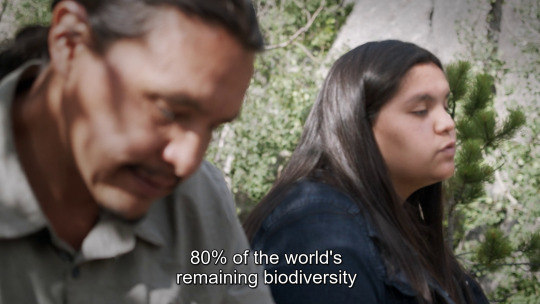
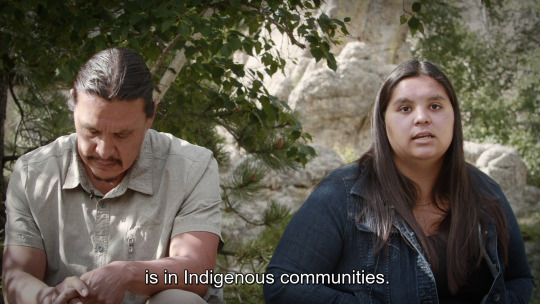

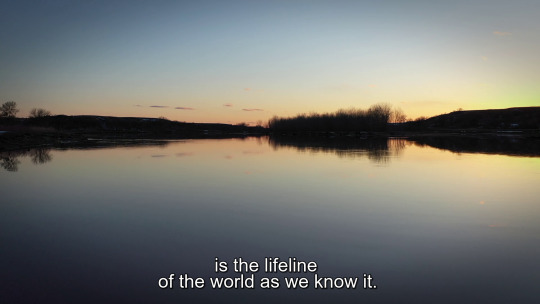
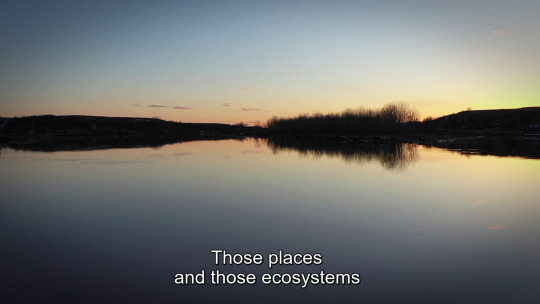
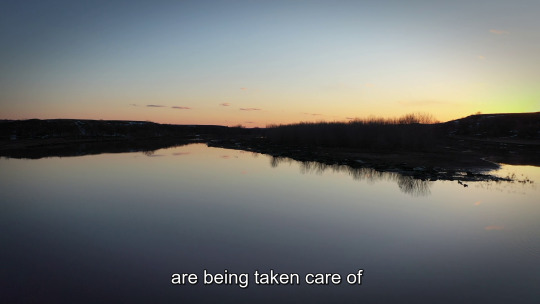



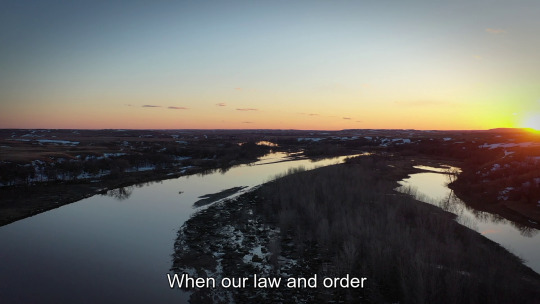
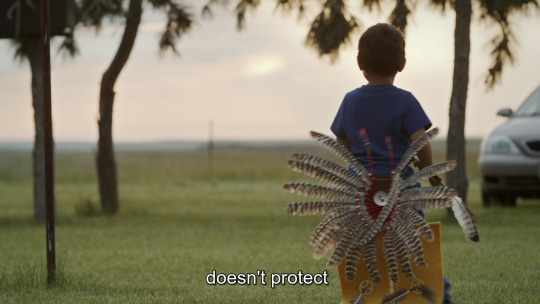
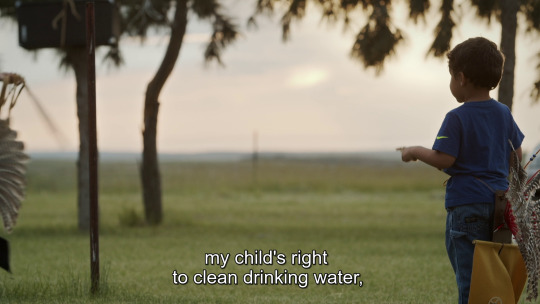

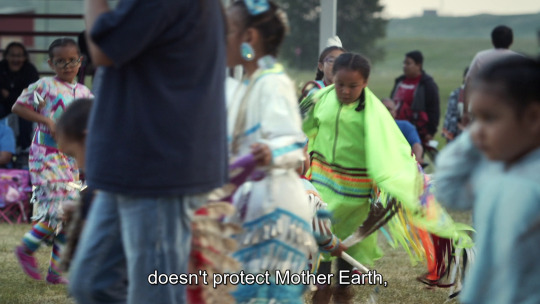
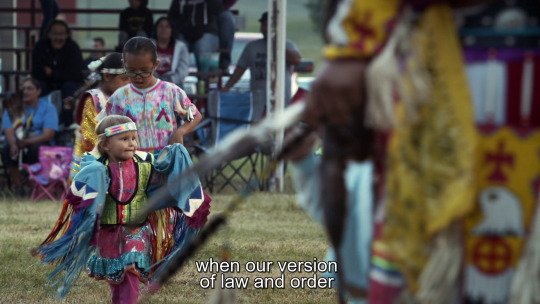
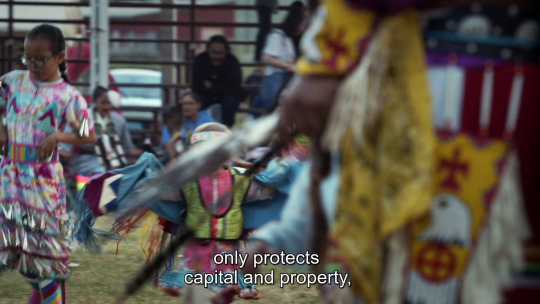

Chase Iron Eyes & Tokata Iron Eyes in Oyate (2022)
#native american#oglala lakota#dapl#indigineous people#indigenous#tokata iron eyes#chase iron eyes#biodiversity#dakota access pipeline
34K notes
·
View notes
Text
Yo this rules and is genuinely uplifting
17K notes
·
View notes
Text
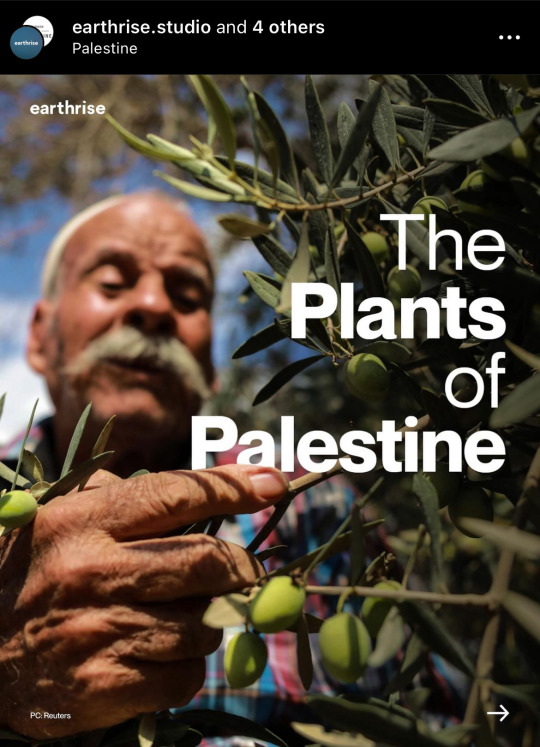


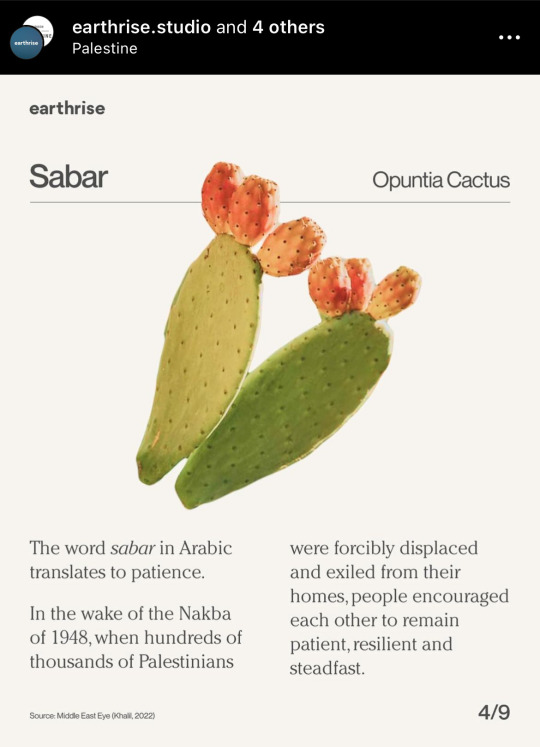
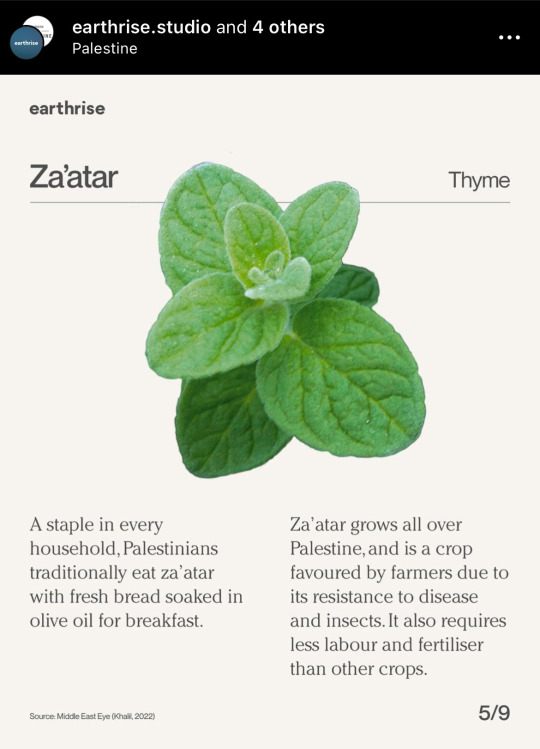


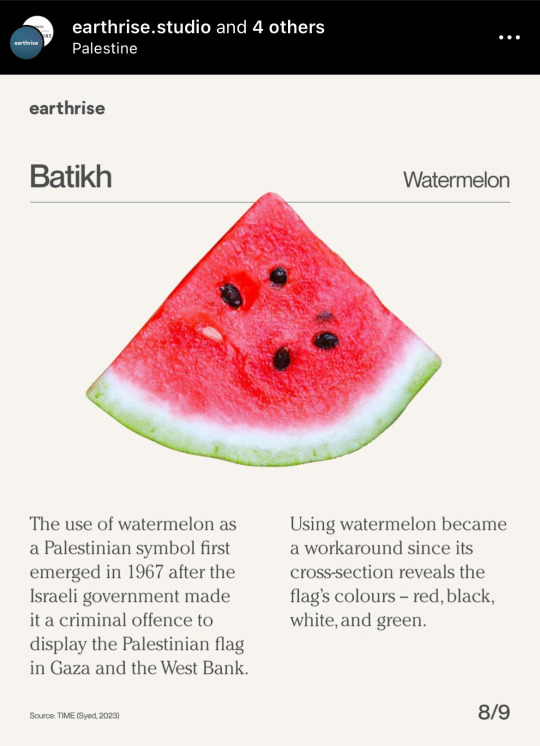
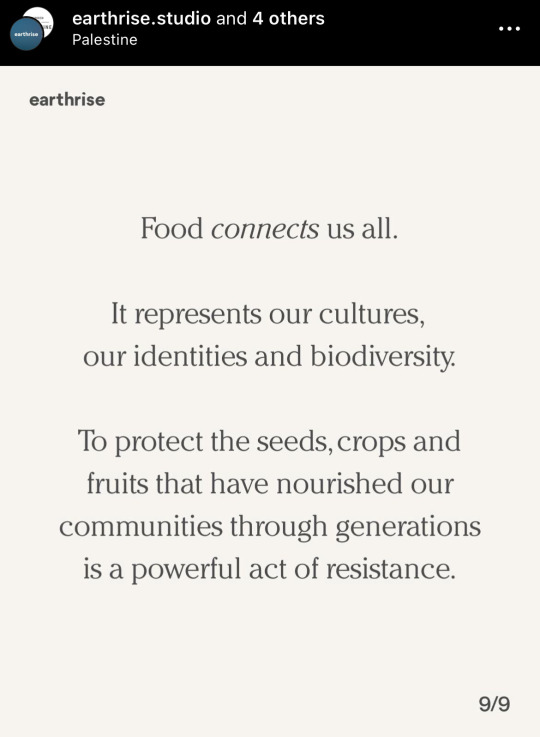
#free palestine#palestine#plants#biodiversity#environment#intersectional environmentalism#gaza#west bank#indigenous#resistance
13K notes
·
View notes
Photo

🦅 Wild life of the world. v.2. London ;F. Warne and co., 1916.
2K notes
·
View notes
Text

Står stolt, akvarell, 26,5x36 cm Det här och mina två senaste inlägg är målningar av skogar som är anmälda för slutavverkning. Delar av dem är enligt Skogsstyrelsen skog med höga naturvärden och nyckelbiotop. Det finns fynd av rödlistade och fridlysta arter i de här skogarna. Nu riskerar de, precis som 80% av alla skogar som huggs ner i Sverige, att bli pappersmassa eller andra kortlivade produkter som bränns upp inom två år.
...
Standing tall, watercolour, 26,5x36 cm This and my two latest posts are paintings of forests that are notified for logging. Parts of them are defined as having high natural values and being a key biotope by the Swedish Forest Agency. There are findings of several redlisted and protected species in these forests. Now, like 80% of the forests that are cut down in Sweden, they risk being turned into paper pulp or some other short lived product that will be burned withing two years.
#skog#natur#skydda skogen#biologisk mångfald#akvarell#konst#forest#nature#protect the forest#biodiversity#art#watercolour#watercolor#watercolor painting#watercolor art#aquarelle#acuarela#aquarela#acquerello#ακουαρέλα#suluboya#akwarela#акварель#水彩#peace#petter brorson edh
3K notes
·
View notes
Text

Behold the pocket-sized western pygmy possum! (Cercartetus concinnus). One of the world’s smallest possums, this species typically weighs just 0.5 oz (14 g)—the size of an AA battery. This dainty marsupial is a nectarivore, meaning that its diet consists primarily of plant nectar. It inhabits treetops in forests throughout parts of Australia, using its long prehensile tail like a fifth limb as it moves from branch to branch.
Photo: gilliank, CC BY-NC 4.0, iNaturalist
11K notes
·
View notes
Text
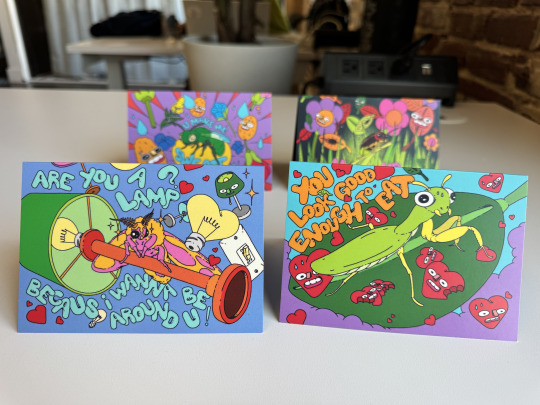
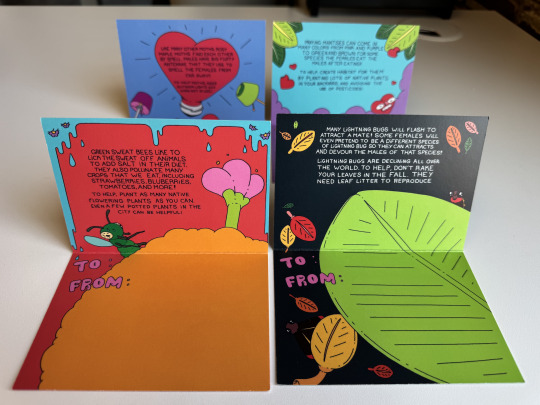
Inject a little science into your Valentines Day with LOVE BUGS valentines!
GET 'EM HERE!
I really love putting science into things people are already doing. Each of these cards has a fact about the animal AND something you can do to HELP the animal. Let's care for our native insects! We love biodiversity!
(I also love getting snail mail. It's just a delight.)
Send these with your kid to school for valentines day exchanges, send them to your friends, bring them to work to bring a little joy (and science!) to the office.
They were designed by Michele Scott in Philly, and printed & packed here at Skype a Scientist HQ (also in Philly).
All sales support science education nonprofit Skype a Scientist!
Tell your friends. Get some Love bugs.
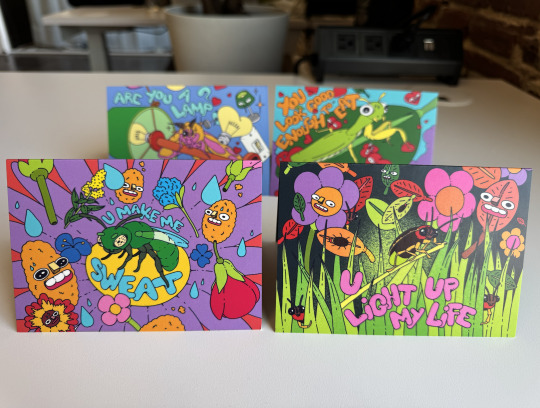
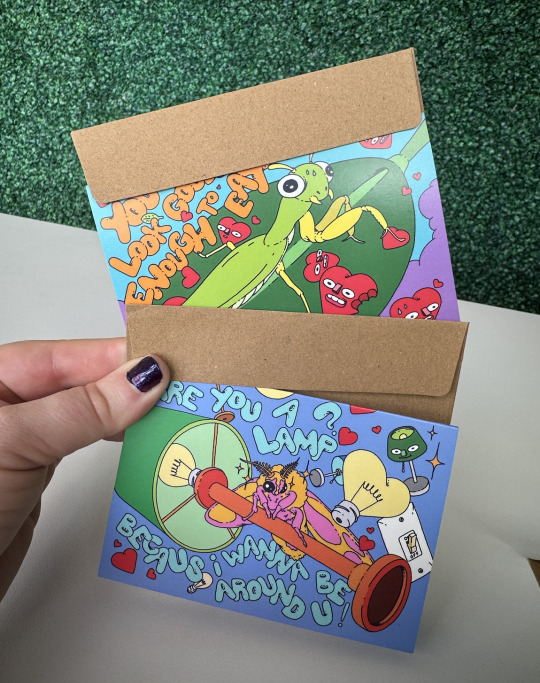
#squid facts#Science#Skype a Scientist#Love bugs#valentines#valentines day#insects#biodiversity#bugs#mantis#rosy maple moth#lightning bug#firefly#Sweat bee#native bugs
2K notes
·
View notes